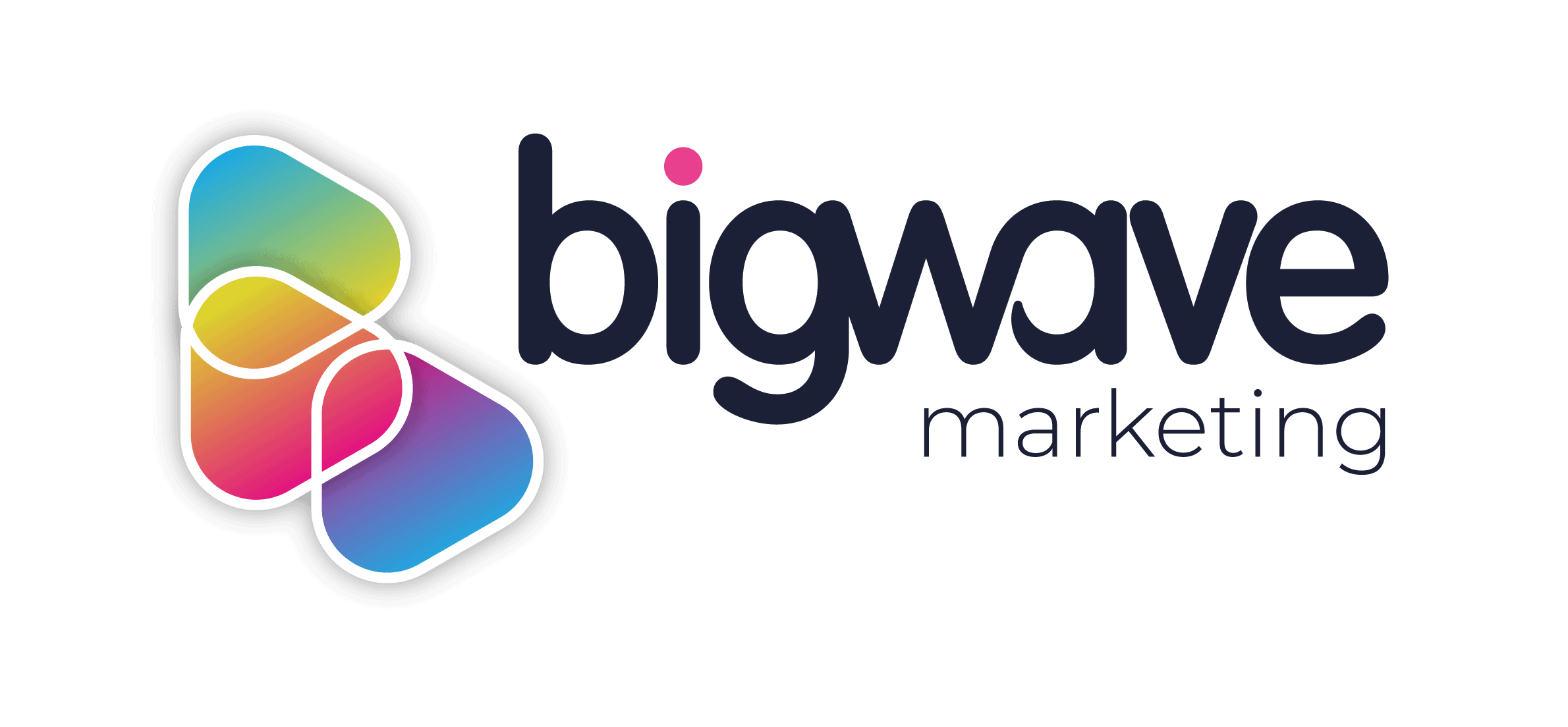In this blog, we discuss the difference between online and offline marketing (also known as digital and traditional), along with both their advantages and disadvantages, as well as marketing strategies that you can implement for your business’s presence.
Throughout this blog, we aim to teach you the importance of digital and traditional marketing, and how including them both in your marketing strategy can improve your business’s success.
What is Online Marketing?
Online marketing, also known as digital marketing, is a form of marketing that involves using the web to deliver messages to (potential) customers via online channels like websites, social media platforms, search engines, and e-mail. In addition, some online marketing methods include SEO, website design, PPC, and email marketing. The idea of online marketing is to improve a business’s audience by attracting and converting new customers and by creating brand loyalty with customers in a wider audience.
With digital marketing being the lead method of all strategies, it is important to consider new methods, such as using TikTok. This new social media platform is booming with its highly broad audience. Following new online trends, such as the effectiveness of short-form videos and working with influencers, can increase the likelihood of expanding your audience and customer base.
What is Offline Marketing?
Offline marketing is any form of marketing that isn’t advertised through the web. It is also the most traditional way of marketing, which involves a wide range of mediums such as TV, radio, print ads, and billboards. Offline marketing is particularly useful if you are wanting your business to gain more customers and increase its brand awareness.
Although online marketing has higher consumption, there are effective advantages to offline marketing. For example, if your brand’s target audience lies in an older age bracket, then this audience is more likely to consume information from traditional, offline methods.
Why Should You Consider Both Offline and Online Marketing?
Both online and offline marketing are important for a successful business; they both help to create a smoother experience for a customer, making their journey much easier and more enjoyable. This helps your business to become more familiar and consumers will become more aware of your business and how it stands out against competitors.
It is also important to consider that customers want to be able to benefit from the advantages of both digital platforms and traditional methods. They will gain more interest and become more involved with your business when they are targeted online and offline and notice that your digital and real-life persona resonates with not only each other but the customer too, building trust with your consumer base.
Online Marketing: The Advantages and Disadvantages
Some of the advantages of online marketing are:
- Conversions are made instantly
- It’s cost and time effective
- The potential for the reach is international
- Results are both measurable and trackable
- Improves brand development
- It facilitates personalization
On the other hand, it also comes with its disadvantages:
- Technical issues can always occur on websites and advertisements
- Restricted to only tech-savvy customers
- There is high competition for an online presence
- It can be time consuming
- Privacy and security issues can occur
- Competition globally
It is evident that benefits and downfalls exist for online marketing, due to its extensive use and its unpredictability. Although, because of the web’s value to consumers, it can be concluded that its advantages weigh out its disadvantages. It is important to consider all possibilities, whether they are good or bad, for brand improvement.
Offline Marketing: The Advantages and Disadvantages
Like online marketing, offline marketing still also has its pros and cons. Here are some advantages to offline marketing:
- There is a large variety of channels for advertisement, such as TV, radio, and print
- Consumers value the face-to-face experience
- It’s highly accessible to customers
- Physical materials and products are more tangible
- It has credibility
- You can reach the older generation who may not be comfortable using online tools
Here are the disadvantages of offline marketing:
- It can become costly
- Time constraints can become an issue
- Conversion times are longer
- Harder to track and measure the outcome
- Limited reachability
- Materials like direct mail can become expensive
Although digital marketing is constantly evolving, it is always important to consider offline marketing because it holds an important position in the advertising industry. Offline marketing is still beneficial as it helps increase sales as well as reach a broader range of customers.
Traditional marketing methods hold a lot of value since these methods are the reason advertising began in the first place. They are also highly valuable to older audiences as this is what they grew up around – they prefer the physical thing rather than using gadgets and devices.
Marketing Strategies to Integrate Your Business’s Online and Offline Presence:
1. The Consistency of Your Brand
Being able to maintain a consistent persona and message throughout both online and offline marketing. Your online presence is essentially an addition to your offline presence, so it is important to ensure your brand is distinguishable but also trustworthy for consumers.
2. Go Live
Live demonstrations of products are becoming more popular thanks to the rising platform TikTok. They are a great way to really showcase your products and for consumers to see what your brand stands for, as this encourages confidence in the buying process for them. This is a great opportunity to promote your business both online and offline and to generate more interest from people in what you can offer.
3. Use the Same Keywords
Using the same keywords in your online and offline advertisements can ensure your business can reach its goals through the involvement of integration. Think about keywords that describe your business the best and what is applicable and recognisable to both your online and offline presence.
4. Keep the Conversation Going
You should think about how customers feel after a sale is made. You want to be able to understand the customer’s experience and what really matters to them.
It is highly valuable if you can meet a customer face-to-face as the first contact, so make sure to email them a thank you and talk to them about the next steps, followed by further contact to aid the solution. Requesting feedback or setting up reviews on Google, for example, is another way you can keep the conversation going.
5. Call to Actions
In terms of offline marketing to online marketing, calls to action are the easiest way to convert your customers to digital channels from offline channels. One example could be the use of QR codes. QR codes are highly effective and are used in several different ways. For example, someone may come across your poster or leaflet, and you can use a QR code to direct them to your website.
6. Digital PR to Offline Marketing
Being able to hit the headlines is important as this online marketing tool can contribute to instant awareness. Consider sending a press release to your local online press outlets to ensure you reach the widest audience possible for good coverage online.
7. Find People with an Influential Offline Presence
Something that isn’t considered enough is finding someone who has the power to influence offline. This may be a team member of your business or even someone who isn’t known yet, but you believe has the potential to create a successful image the traditional way. Additionally, you could also argue that there is a minority of our current generation who don’t always support online marketing.
8. Direct Your Consumers from One Channel to Another
It’s essential to direct people from one type of media to another to ensure they are aware of your presence and what you have to offer, both online and offline. It could be as simple as inviting your customers to visit your website from an advertisement on TV.
Both traditional and digital marketing has their advantages and disadvantages. When both types of marketing are integrated, one can cancel out the other’s disadvantages, resulting in marketers gaining the best of both worlds.
With the technology that can be produced in these times, it can only encourage the integration of online and offline marketing to endorse new ideas on how to integrate both. From this, the customer journey can evolve, which could either make it easier for businesses to consider more for growth and success, or more difficult in the sense of more competition, strategy, and costs. However, this predicament can aid you as a business to make more informed decisions.
For more information on our traditional digital marketing services, you can contact us here.

